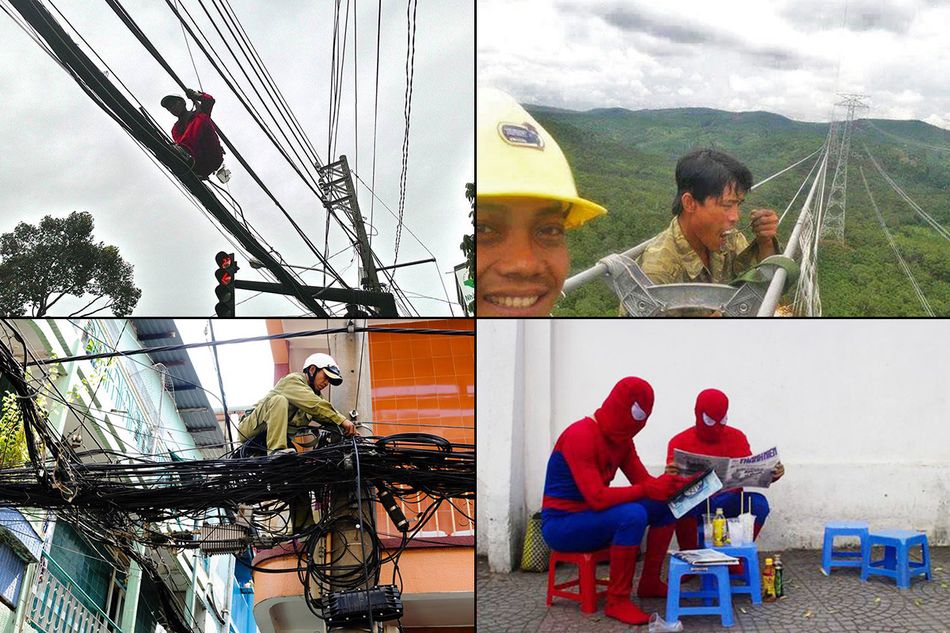For most of Vietnam’s farming community, grasshoppers pose a real threat to fields and plantations. However for a particular commune in Hanoi’s suburban areas, these pesky insects have become a significant source of income thanks for the country’s growing appetite for exotic delicacies.
In a recent feature story, Tuoi Tre tagged along with some of Hanoi’s best grasshopper hunters during a night raid to tell the story of how these creepy-crawlies went from pests to profit.
A typical hunter starts his daily routine at 4pm in the village’s grassy areas. To prepare for the hunt, they first enclose the entire patch of land with a long rope. Attached on the rope are scores of empty plastic bags, which produces a cacophony of noise to scare the little critters.
Most locals in the area call the men “grasshopper spinners” due to a signature move they make: armed with a two-meter net, hunters do a complete spin to lure the insects inside their bags.
Doan Van Gioi, a spinner from Ung Hoa District, shared with the news source that each night he catches from eight to 10 kilograms of grasshoppers on average. The catch of the day will be put in ice boxes and shipped to mountainous areas such as Son La or Ha Giang provinces at VND60,000-80,000 per kilogram. Gioi also added that he prefers female grasshoppers to male ones, as they’re bigger and can sell for double the price.
“Before, in Le Thanh Commune, only a few were spinners. But today pretty much all men in town spin every day to earn some additional income,” spinner Nguyen Van Ba told Tuoi Tre. “Those who are older and kids who can’t spin stay at home to process captured hoppers.”
While spinning can be considered a complicated art form, “cooking” the critters is a simple procedure, where processed grasshoppers – properly cleaned and limb-free – are blanched quickly in brine to retain the beautiful coloring on their bodies. Similar to the way chefs prepare vegetables like bok choy or chard, blanched hoppers are immediately submerged in cold water to maximize the crunch.
According to veteran grasshopper cooks, the insect’s sap is an irritant that usually causes a rash and blisters when touched. But villagers are used to the pain as, to them, it’s an inevitable hazard.
In the old days, Hanoi’s suburban communities were much more dependent on seasonal crops and thus were more vulnerable to natural disasters. The recent bugs-as-food trend has greatly improved their livelihood by providing an alternative source of income to get by during the off season.
















[Photos by Cong Duy via Tuoi Tre]














